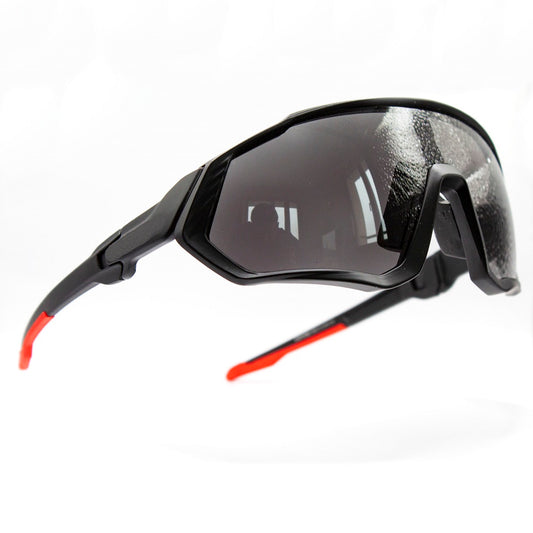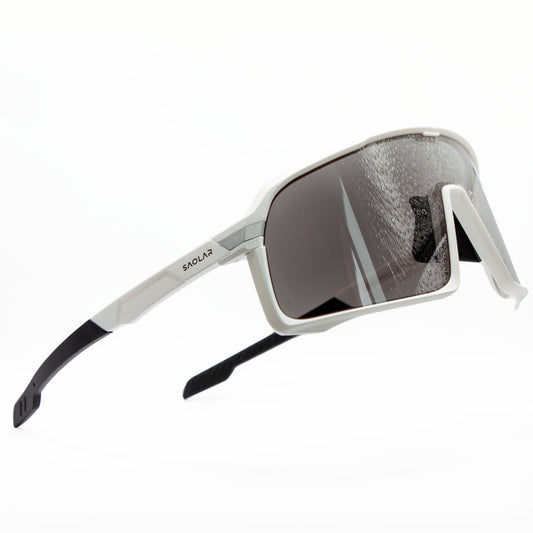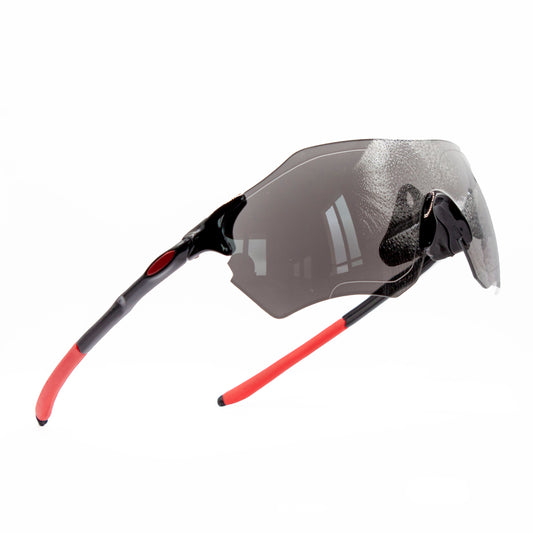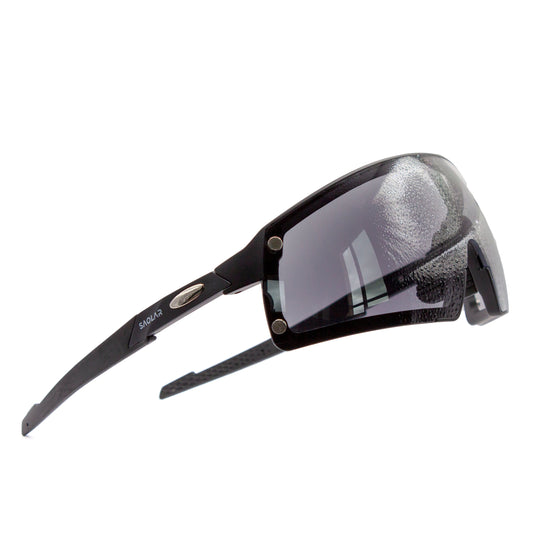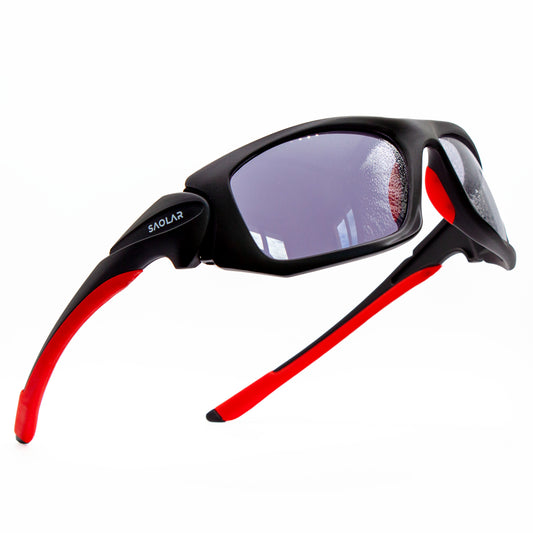Introduction: The Joy of Bike Riding
Ah, the simple pleasure of bike riding! There's nothing quite like the feeling of the wind in your hair, the sun on your skin, and the open road ahead. Whether it's a leisurely ride through the park, a challenging mountain trail, or a daily commute, bike riding has become a popular activity for millions around the world.
- The reasons are clear: it's not only a great way to stay fit and active, but it's also an eco-friendly mode of transportation, and let's not forget, it's a whole lot of fun!
- But as the number of cyclists increases, so does the need for some handy tips for bike riding.
- Whether you're a seasoned pro or a newbie just starting out, there's always something new to learn.
- From mastering your gears to choosing the right equipment, these tips can make your ride safer, more efficient, and ultimately, more enjoyable.
So, if you're ready to pedal your way to a better biking experience, keep reading! We've got some great advice coming up. And who knows? You might just find your next ride to be your best one yet.
Tip 1: Gear Up for Safety

Safety first, folks! When it comes to bike riding, you can never be too careful. Here are some essential tips for bike riding that focus on safety gear:
- Helmet: This is non-negotiable. A helmet is the most important piece of safety gear you can wear. It's your first line of defense against head injuries, which account for a significant number of cycling-related accidents. So, whether you're going for a quick spin around the block or embarking on a long-distance ride, always wear a helmet. And hey, with so many stylish options available, you can protect your noggin and look great doing it!
- Gloves: These are not just for keeping your hands warm in cold weather. Gloves can provide a better grip, reduce vibration, and protect your hands in case of a fall. Plus, they can help prevent those pesky blisters from forming during long rides.
- Reflective Clothing: Make sure you're visible to others, especially when riding in low-light conditions. Wearing reflective clothing can help drivers spot you from a distance, reducing the risk of accidents.
- Photochromic Sunglasses: Now, this is where things get interesting. Ever heard of sunglasses that adjust their tint based on the light conditions? That's right, we're talking about photochromic sunglasses. These smart shades darken in bright sunlight and lighten in overcast conditions, providing optimal vision at all times. They're especially useful for cyclists who ride at different times of the day or in varying weather conditions. And guess what? Our brand, SAOLAR, offers a range of photochromic sunglasses designed specifically for cyclists. But more on that later!
Remember, gearing up for safety is one of the most important bike riding tips you can follow. So, invest in good-quality safety gear and wear it every time you ride. Your body will thank you!
Tip 2: Master Your Gears

Alright, let's shift gears (pun intended) and talk about, well, gears! Mastering your bike's gears is a crucial part of becoming a proficient cyclist. Here are some road bikes tips and tips for beginner cyclists on how to use your gears effectively:
- Understand Your Gears: First things first, get to know your bike. Most road bikes have two sets of gears, one at the front (near the pedals) and one at the back (on the wheel). The front gears (also known as chainrings) are for major shifts, like when you encounter a steep hill. The back gears (or sprockets) are for fine-tuning your pedaling effort.
- Use Lower Gears for Uphills: When you're faced with a daunting hill, don't sweat it! Just shift into a lower gear. This will make it easier to pedal and save your knees from unnecessary strain. Remember, it's not about speed when you're climbing a hill, it's about maintaining a steady and sustainable pace.
- Use Higher Gears for Flat Surfaces and Downhills: When you're cruising on a flat surface or going downhill, shift into a higher gear. This will allow you to go faster without pedaling like a maniac.
- Shift Before You Need To: This is one of those road bikes tips that can make a world of difference. Try to anticipate your need to shift gears. For example, shift into a lower gear before you start climbing a hill, not in the middle of it. This will make the transition smoother and prevent wear and tear on your bike's components.
- Practice Makes Perfect: Finally, don't be discouraged if you don't get it right away. Mastering your gears takes practice. Spend some time riding in a safe, open space and experiment with shifting gears until it becomes second nature.
Remember, your gears are there to make your ride more comfortable and efficient, so use them! With a bit of practice, you'll be shifting like a pro in no time.
Tip 3: The Perfect Fit

Next up on our list of cycling tips and tricks is all about finding the perfect fit. Just like Cinderella and her glass slipper, when it comes to bikes, the right fit is everything. Here's why:
- Comfort: A bike that fits your body will be much more comfortable to ride. You'll be able to ride longer and farther without feeling discomfort or pain.
- Efficiency: When your bike fits you properly, you can pedal more efficiently. This means you'll get more speed and distance out of each pedal stroke.
- Injury Prevention: A poorly fitting bike can lead to aches, pains, and even injuries. By ensuring your bike fits you correctly, you can prevent these issues before they start.
So, how do you ensure your bike is the right fit? Here are some bicycling for beginners tips:
- Adjust the Saddle: Your saddle height should be adjusted so that your leg has a slight bend when the pedal is at its lowest point. If your leg is completely straight or you're having to stretch to reach the pedal, your saddle is too high. If your leg is bent too much, your saddle is too low.
- Check the Reach: When you're sitting on the saddle with your hands on the handlebars, you should have a slight bend in your elbows. If you're stretching to reach the handlebars, they're too far away. If you feel cramped, they're too close.
- Consider the Standover Height: When you stand over your bike, there should be a few inches of clearance between you and the top tube of the bike.
If you're unsure about any of this, don't worry! We've got a detailed guide on bike fitting over on our FAQ page. Check it out for more information.
Remember, a well-fitting bike isn't just a luxury—it's a necessity. So take the time to get it right. Your body (and your bike) will thank you!
Tip 4: Choose the Right Saddle

Let's talk about your seat, or as we cyclists like to call it, your saddle. Choosing the right saddle is one of the most important road bike for beginners tips we can give you. Here's why:
- Comfort: A well-chosen saddle can make the difference between a dream ride and a nightmare. The right saddle will support your sit bones (the bony parts of your bottom that bear your weight when you sit) and alleviate pressure on sensitive areas.
- Efficiency: Believe it or not, your saddle can also affect your pedaling efficiency. A saddle that's too high, too low, too far forward, or too far back can throw off your pedaling mechanics and make you work harder than necessary.
- Health: An ill-fitting saddle can cause all sorts of health problems, from minor aches and pains to serious issues like nerve damage. It's not worth the risk!
So, how do you choose the right saddle? Here are some bike riding techniques to consider:
- Try Before You Buy: If possible, test out a few different saddles before you commit. What feels comfortable for one person might be uncomfortable for another, so it's important to find a saddle that feels good to you.
- Consider Your Riding Style: Do you ride upright or do you lean forward? Your riding style will affect which part of your body bears the most weight and can help determine the best saddle shape for you.
- Don't Assume Thicker is Better: A lot of beginners think a thick, cushy saddle will be the most comfortable, but that's not always the case. Sometimes, less padding can actually be more comfortable over long rides.
- Read Reviews: See what others have to say about different saddles. You can check out the Reviews page on our website for some insights.
Remember, the right saddle can make or break your ride, so take the time to choose wisely. Your bottom will thank you!
Tip 5: Change Positions Regularly

Alright, let's move on to our next tip. And when we say "move," we mean it quite literally. One of the best tips for new cyclists and those embarking on long bike rides is to change positions regularly. Here's why:
- Avoid Numbness: Staying in one position for too long can lead to numbness in various parts of your body. By shifting your position, you can help prevent this.
- Increase Comfort: Changing positions can also help you stay comfortable during long rides. It can relieve pressure on certain parts of your body and engage different muscle groups.
- Improve Circulation: Regular movement can help improve blood circulation, which is important for keeping your muscles oxygenated during your ride.
Here are a few ways to change positions while riding:
- Move Your Hands: Try shifting your hands around on the handlebars. This can help prevent numbness and tingling in your hands and wrists.
- Stand Up: Every once in a while, stand up on your pedals. This can give your backside a break and engage different muscles in your legs.
- Shift Your Weight: Try shifting your weight from side to side, especially when you're taking a turn. This can help improve your balance and control.
Now, you might be wondering, "What does this have to do with SAOLAR sunglasses?" Well, as you change positions, your line of sight might change too. This is where our photochromic sunglasses come in handy. They automatically adjust their tint based on the light conditions, ensuring clear vision no matter how you're positioned. Pretty cool, right?
Remember, cycling is a dynamic activity, and your body position should be too. So go ahead, move around a bit! Your body (and your bike ride) will be better for it.
Tip 6: Keep the Music Off the Ears

Music and biking can be a great combo, but safety should always come first. Here's one of our key tips for bike riding that's all about sound:
- The Risk of Headphones: Listening to music through headphones while biking can be risky. It can prevent you from hearing important sounds around you, like approaching cars, pedestrians, or emergency sirens. This lack of awareness can lead to dangerous situations.
- The Law: In some places, it's even illegal to wear headphones while biking. It's always best to check your local laws to make sure you're not unknowingly breaking any rules.
- Alternatives: So, how can you enjoy your favorite tunes while ensuring safety? Here are a few alternatives:
- Bike Speakers: There are speakers designed specifically for bikes. They can be mounted on your handlebars or frame, allowing you to listen to music without blocking out ambient noise.
- Clip-On Radios: These small devices can be clipped onto your clothing or bag. They usually have a small speaker that plays music out loud, allowing you to hear your surroundings.
- Bone Conduction Headphones: These headphones sit on your cheekbones, rather than in or over your ears, and transmit sound through vibrations. This leaves your ears open to hear ambient noise.
Remember, safety should always be your top priority when biking. So, keep the music off your ears and stay aware of your surroundings. Happy (and safe) riding!
Tip 7: Know the Rules and Keep Your Head Up

Last but definitely not least, let's talk about rules and awareness. Here are some essential road bikes tips and tips for beginner cyclists on this topic:
- Know the Rules: Just like driving a car, biking has its own set of rules. This includes everything from signaling your turns to knowing the right of way. Make sure you're familiar with the biking rules in your area. Not only will this keep you safe, but it will also make your rides smoother and more enjoyable.
- Stay Aware: Always be aware of your surroundings. Keep an eye out for cars, pedestrians, and other cyclists. Look out for road hazards like potholes and debris. And always be ready to react to unexpected situations.
- Keep Your Head Up: This might seem obvious, but it's worth mentioning. Always look ahead, not down at your feet. This will give you a better view of what's coming and give you more time to react.
- Use Your Ears: Your ears can alert you to things your eyes might miss, like a car coming up behind you. But remember, this only works if you're not wearing headphones!
- Be Predictable: Try to ride in a straight line, signal your turns, and avoid sudden stops or changes in direction. The more predictable you are, the safer you'll be.
For more safety tips, check out our Blog Page. We've got plenty of articles packed with advice to help you stay safe on the road.
Remember, biking is a lot more fun when you're safe. So, know the rules, stay aware, and keep your head up. Happy riding!
Conclusion: Ride with Confidence
And there you have it, folks! Seven essential cycling tips and tricks to help you ride with confidence. Whether you're bicycling for beginners or a seasoned pro, these tips can make your ride safer, more comfortable, and more enjoyable.
- Remember, safety should always be your top priority. So, gear up, know the rules, and stay aware of your surroundings.
- Don't forget to take care of your bike, too. A well-maintained bike is a joy to ride and will serve you well for many miles.
- And finally, don't be afraid to mix things up. Try new routes, challenge yourself with longer rides, or join a local cycling group. These are just a few tips for long bike rides that can help make your cycling adventures more enjoyable and rewarding.
If you're interested in enhancing your ride with our photochromic sunglasses, be sure to check out our Mountain Bike Sunglasses Collection. They're designed to automatically adjust their tint based on the light conditions, providing optimal vision at all times.
And if you have any questions or need further advice, don't hesitate to reach out. You can contact us through our Contact Us page. We're always here to help.
So, what are you waiting for? Gear up, get out there, and ride with confidence. Happy biking!



